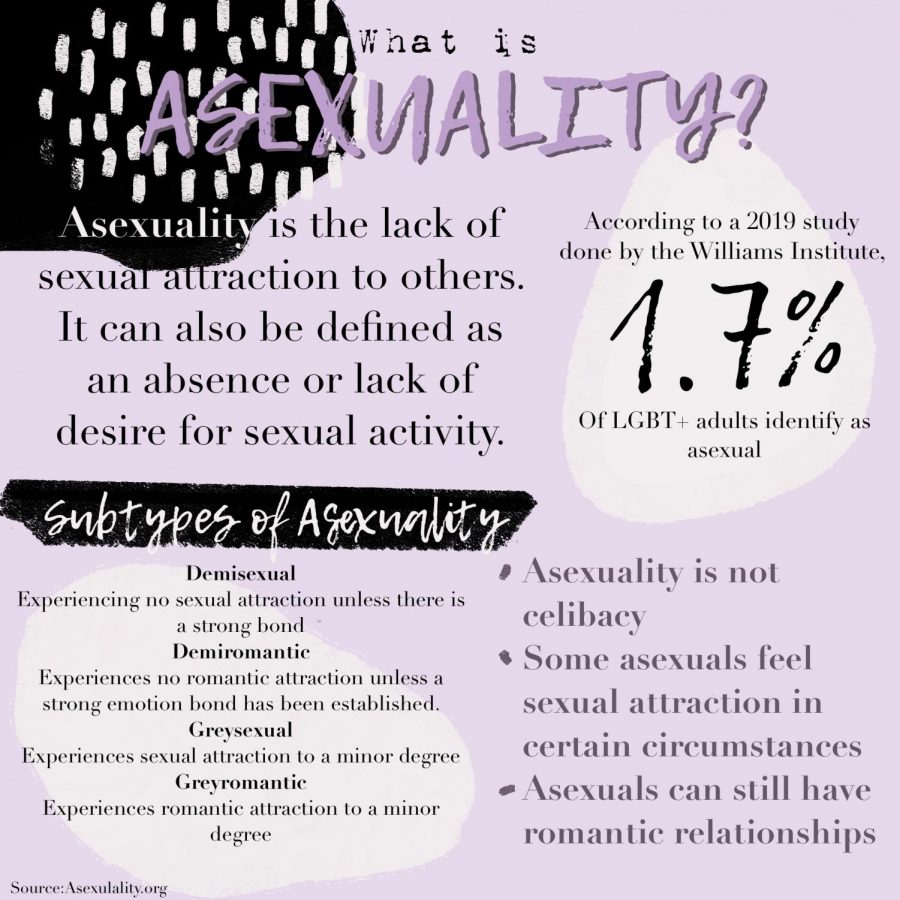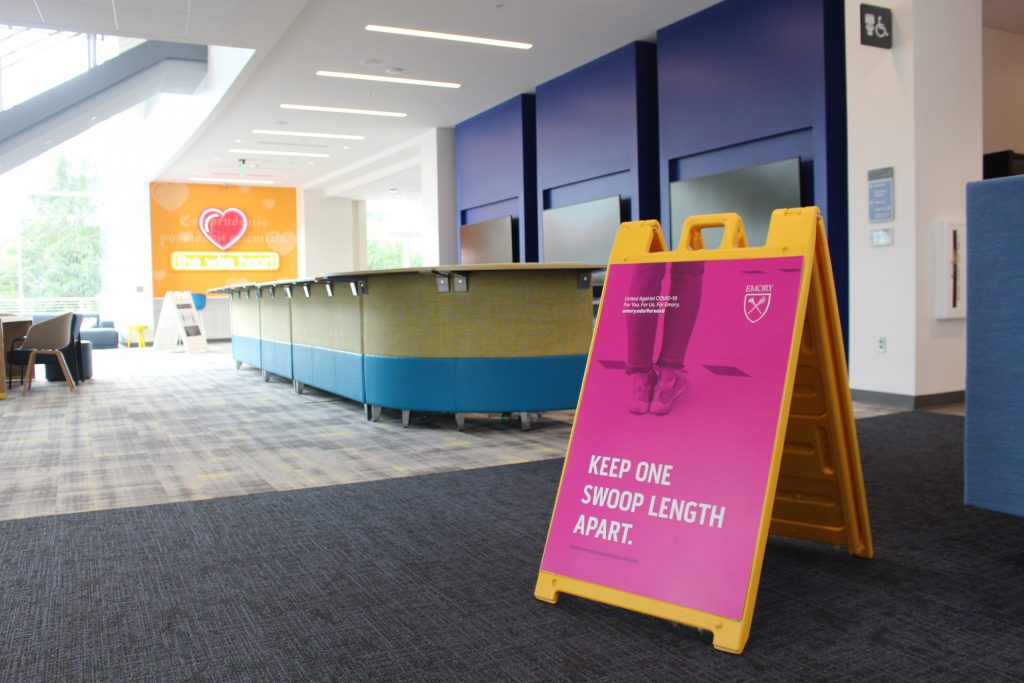Since March 2020, the student experience at the University has been largely relegated to Zoom meetings and recorded lectures. But the novel prevalence of online technology in the University curriculum has provided a chance for the University to examine how it educates and challenges faculty and students alike.
As COVID-19 positivity rates decline nationally and more community members get vaccinated, a question remains: Moving forward, how does online learning fit into the Brown experience?
Online learning before the pandemic
Prior to the COVID-19 pandemic, the University was already looking to increase its use of online resources and remote instruction. The University’s 2013 Building on Distinction Strategic Plan announced that it would develop new online curricular resources and experiment with online courses.
The plan noted “substantial uncertainty about how online courses (might) affect the higher education marketplace.” But, by increasing the usage of technology in Brown academics, the plan hoped to “increase the quality of education, strengthen the curriculum in key areas and expand opportunities for Brown students.”
“There had been this wave that had been going on in recent years of online education … and seeing (it) as a complement to the residential experience,” Provost Richard Locke P’18 told The Herald. “I don’t think anyone at Brown in 2013 ever thought, like, ‘Yeah, we’re going to do online education instead of the residential experience.’”
But community members began wondering whether increasing the use of technology in courses would better serve Brown students in their educational endeavors. Many advocates for online learning at the time thought that recorded lectures would be a more effective method of conveying “timeless” information — course fundamentals that would remain mostly constant throughout a course’s lifetime — Locke said. This would leave students with class time to apply these theories to more “timely” information relevant to the present day, as well as more time to get involved with interactive aspects of each course.
There was some hesitancy from faculty, Locke explained, as a fully residential experience had long been standard for the University.
“When I became provost in 2015, we did a survey of faculty asking them (their feelings about online learning),” he said. Out of nearly 400 faculty respondents, about 70 percent used some sort of web-facilitated resource, like Canvas. “But, when you asked them, ‘Are you interested in online (instruction)?’ … 40 percent said, ‘I have no experience (with it),’ and 30 percent of them said online education is not part of the future, and it’s not going to be.”
In March 2017, the University created professional Master’s programs with courses offered partially online and partially in-person. Online technology had already become part of Brown academics, albeit to a limited extent.
All at once: COVID-19 and the transition to remote operations
When the University canceled all in-person classes and programming due to the COVID-19 pandemic in March 2020, what had been a gradual transition toward online instruction became immediate as the University had to suddenly create remote alternatives for all educational operations.
Before the switch from in-person to online instruction, Professor of English James Egan taught select classes asynchronously to allow a “wider range of students” from different disciplines to have access to English courses.
But when the onset of the COVID-19 pandemic forced all classes to transition to remote learning, Egan was left without the option to teach in-person.
Where remote education had once served as a way to increase access for students interested in Egan’s courses, universal adoption of remote learning revealed stark disparities in how students were able to engage with Brown’s curriculum.
During the switch to remote instruction, Egan sensed there were “a lot of people who were … struggling psychologically,” especially with the implementation of exclusively online learning which required “different (kinds) of learning strategies.”
Throughout the pandemic, remote learning has posed challenges to student mental health. Recent efforts from the University and community care organizations have aimed to better support students during this time, but many students still struggle with mental health amid online learning.
Harshini Venkatachalam ’23, who has studied remotely from her home in Arizona for the past year, said her “experience with remote learning was tough.”
“I wasn’t ready for the shift to remote learning, and I had a difficult time with motivation and getting things done on time,” she said.
Similarly, for many students, accessibility barriers posed challenges in engaging with the University’s curriculum after their departure from campus.
Some students need the “visual stimulation” and “kinetic movement” of being in a classroom setting, Tere Ramos, interim director of Student Accessibility Services, said. These aspects are lost in remote learning environments, which can make it challenging for students who value traditional in-person methods of instruction, she added.
In finding ways to support student mental health and accessibility concerns, the University as an institution learned how to better serve its student body, Locke said. University administrators listened to student feedback and found that resources like pre-recorded lectures, lecture capture and alternative modes of class participation actually enhanced their engagement and experience with courses.
This increased accessibility of online resources was a highlight of remote learning during the pandemic for some students, like Christopher Vanderpool ’24. Vanderpool agreed that recorded lectures meant a level of flexibility that he enjoyed, as he was able to access the lectures at his convenience.
Moving forward
Some offices at the University, including Digital Design & Learning, have worked with professors to “incorporate digital tools” into their courses through online activities during the pandemic, Shankar Prasad, the deputy provost for strategic initiatives, wrote in an email to The Herald.
According to Prasad, the pandemic has helped the University “uncover opportunities for innovation” in both teaching and learning that can be used to “enhance experimental education and faculty research” in the future.
“What I’m thinking about going forward (into the fall 2021 semester) is (ensuring that) … a sufficient number of courses in every concentration are remote-accessible,” Locke said. “There may be some students who, for health reasons, can’t come back to campus, or for travel restriction reasons can’t actually get here. But they should be able to continue their education,” he said.
In upcoming semesters, many faculty members have opted to teach remotely and offer recorded lectures, namely for large, introductory courses, Locke added. Still, residency requirements would ensure a level of “faculty contact,” including “in-person recitation and office hours.”
The increase in faculty interest in online instruction came as a byproduct of instruction during the pandemic, according to Locke. After both the fall 2020 and spring 2021 semesters, feedback from professors regarding online instruction improved, and by the end of the spring semester, roughly 90 percent of professors said they felt well-prepared to teach online, he said.
Egan said that he would continue to teach some of his courses online since he believes “they can really serve a lot of students.” He also noted that during the pandemic he has become more creative with content for his courses and feels “more enthusiastic about teaching … these courses in the future.”
Likewise, Locke found that student feedback showed increased “satisfaction and engagement post-pandemic” relative to fall 2019, the last fully in-person semester at the University, suggesting students on average feel more comfortable with increased technology in their courses. “It seems to be working for students — not every course, not every instructor… but on average the feedback from students is higher,” he said.
“What I’m hoping for going forward is that Brown will continue to offer these online courses… (and) that that will do at least three things. One is enrich the residential teaching and learning experience … (by using) precious class time to do more interactive, engaging things. Two is promote accessibility… (and three is) create more opportunities for students,” Locke said.
In terms of creating opportunities, many students who hope to study abroad in college abstain because they cannot afford to miss out on course requirements, Locke explained. Increasing online courses could mean students can live abroad, or even could work at an in-person internship, non-profit or start-up while taking University classes, he added.
Locke also hopes that online resources could reach a larger community than the University’s curriculum can currently serve.
The University has previously offered classes with edX, a remote education platform that allows students to take free online courses. Now that the University has begun to create so much recorded and web-based educational content, Locke said that offering online courses to the public might be able to increase economic accessibility.
“We only have 1,650 slots per class when we admit students, and we have 46,000 applicants. It’s hard to get in, but there’s a lot of really qualified people who could benefit from what we offer,” Locke said.
“We’ve been working really hard with a bunch of community colleges recently,” Locke said. “Imagine if now (their students) can take some Brown classes fully online, they can show they can get the grades — that’s going to really strengthen their applications to become transfer students. And they don’t have to be in Rhode Island, they can be anywhere. I see that as another opportunity for us that fulfills our mission of being a truly accessible university, and a more diverse university.”
But after more than a year since the University’s initial transition to online learning, many are excited to simply get back to in-person learning. “(I am) not sure students are going to be interested in online classes for a while,” Egan said.
For Venkatachalam, the past year has been enough online learning for the foreseeable future. “I would (consider online courses) if they helped me fill my concentration requirements,” she said. “But if it wasn’t absolutely necessary, I wouldn’t.”






